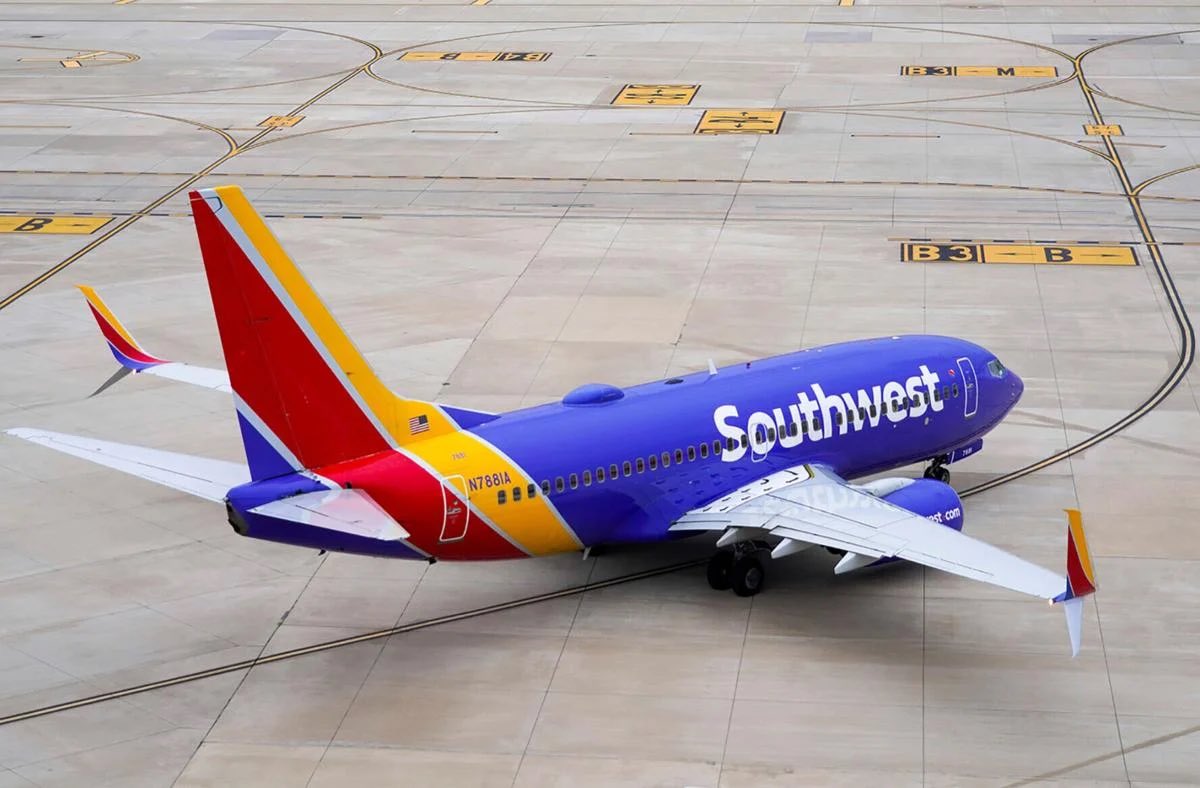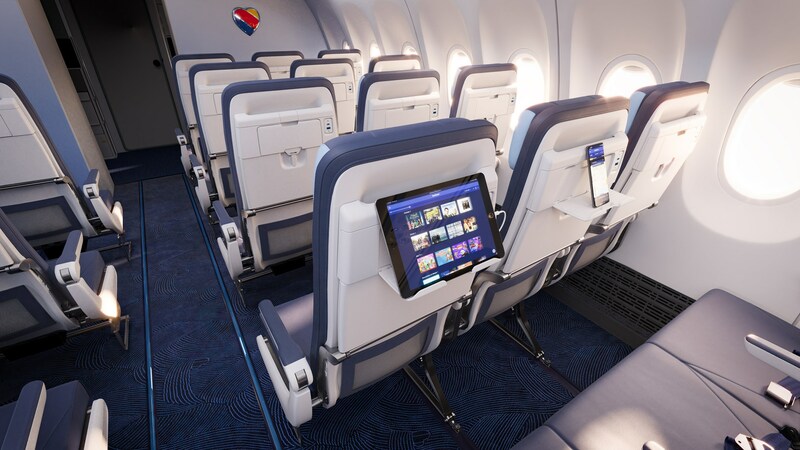I’ve been writing for some time that Southwest has maxed out its business model flying a single aircraft type and without partners.
Sure, they haven’t offered assigned seating or extra legroom seating, first class, meals, seatback entertainment or even functional wifi. And many customers have wanted those things. But they’re still profitable, just not like they used to be. Their biggest problem, though, and what can’t be “fixed” with bag fees or upselling passengers, is that they simply can’t expand like they used to. Their growth prospects aren’t great, so their future profits aren’t orders of magnitude larger than current profits – and so their stock will no longer trade at the multiples that it used to.
- There aren’t as many cities to fly to in the United States and short-haul international that can be reached with a Boeing 737 and with enough passengers to justify a 737.
- They also can’t add as many 737 flights without connecting passengers from small cities, for which a 737 is too much airplane.

Before the pandemic they kicked the tires on Airbus A220s and looked at Embraer E2 regional jets. The E2 has been put off for several years, though demand from Southwest could bring it back.
Mike Boyd says that Southwest is a hub-and-spoke carrier, masquerading as a point-to-point airline. They are connecting more passengers than other large airlines. And they don’t have the right fleet mix for this.
At MDW, HOU, DEN, BNA, PHX, ATL connecting passengers are critical. But with the current 737 fleets, their inability to match capacity more closely to demand in each market is now a major revenue problem.
In fact, an analysis we did a while back indicated that a higher percentage of Delta’s passengers were point to point compared to Southwest. …
Today, the “all 737” strategy is more of a scheduling straitjacket than an operational asset. At Atlanta, they face Delta which has a capacity-flexible fleet that maximizes connectivity efficiency with units from 50-seat CRJ550s to 250+ seat A350s. At Denver, it’s ditto for United. And across all of Southwest’s system, too.

Southwest has offered better customer service in a way that has made it highly operationally efficient. Free checked bags and open seating (while selling early boarding which is essentially seat fees) means that:
- Customers don’t bring as many bags onto the plane, so they board faster
- And they don’t stuff overhead bins, which means less gate checking of bags
- Plus, customers line up in advance and board quickly to grab the best seats
The airline can schedule less time on the ground between flights, and squeeze more flying out of each plane, because they don’t need to spend as much time on boarding and stowing carry-on bags. That means lower costs, because they operate more flights with fewer aircraft.
The airline is giving up its customer-focused and efficiency advantages over competitors, making itself more like those competitors with fees for everything while (1) offering an inferior product [no first class, no lounges, no seat back screens, no standard power outlets, lack of high speed wifi] and (2) without a fleet or route network that can compete for customers, which also means a frequent flyer program that doesn’t offer customers the breadth that attracts high co-brand spend.

In other words, they’re making themselves just like everyone else – but with a less attractive product and less ability to move passengers where they need to go. American, Delta and United can fly bigger planes and fill them with connecting passengers from small cities using smaller aircraft. Southwest can’t and that puts them at a disadvantage even keeping up with 737s. That’s a big reason why United is beating them in Denver, Delta chasing them from Atlanta, and so on.
Enilria posts about a rumor that Southwest Airlines could acquire regional jets. It’s behind a paywall, but hardly a new idea. The question is whether the Elliott Management-appointed board members would be interested in buying new planes. The brief so far has appeared to be to generate free cashflow to fund share buybacks rather than investing to set the airline up for long-term profit.
